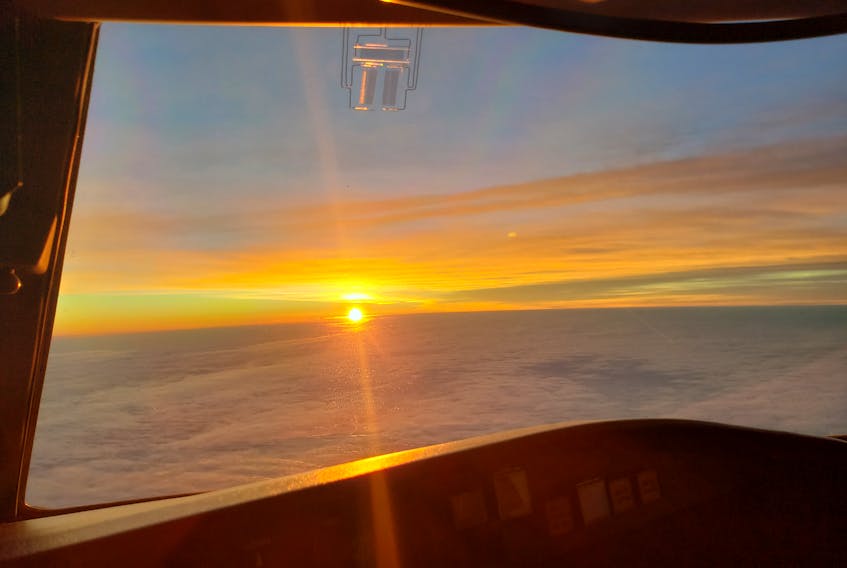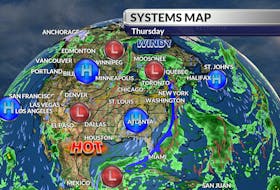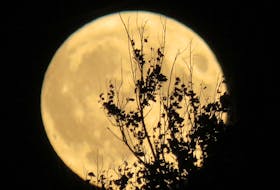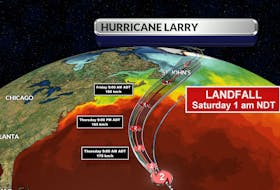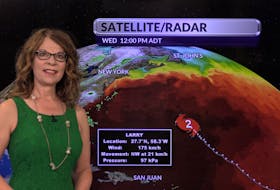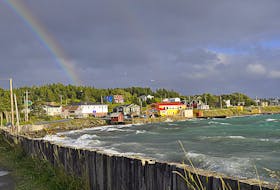The art of observation, to a great extent, is becoming extinct. We spend far too much time looking down at our smartphones to really see what’s going on around us.
This email I received last weekend reminded me of tha
Ben writes: “Everybody knows the days get longer and the nights get shorter this time of the year – Yay! But my 95-year-old mother told me something I never thought about and I’m having a hard time getting my head around. She said her father always told her that the daylight extends more at one end of the day than it does at the other end of the day. I can’t remember which end lengthens more or faster, but I always assumed both ends grew at the same rate. Is there any science about this?”
There sure is. The concept is called the “equation of time”: the difference between time measured using a sundial and the time measured using a clock.
Most clocks run on the idea that a day is exactly 24 hours, but a day is really the duration between one solar noon – the time of the day when the sun is at the highest point in the sky – to the next.
On most days, solar noon does not occur at the same time as noon on your watch. Around the solstices, solar noon occurs a few minutes later than earlier in the month. For example, on Dec. 21, 2018, the day of our winter solstice, solar noon in Halifax was at 12:12 p.m. A week before that, solar noon was at 12:08 p.m.
As solar noons occur later, sunrises and sunsets also steadily occur later each day after the winter solstice. This is why a location’s earliest sunset occurs before the winter solstice and its latest sunrise occurs after. For Halifax, the date of the earliest sunset was Dec 12; the date of the latest sunrise was Jan. 4.
The equation of time is easier to observe than to explain.
Ben, I hope this helps. and please thank your mom for sharing some of her blessed wisdom with you!
Have a weather question, photo or drawing to share with Cindy Day? Email [email protected]
Cindy Day is the chief meteorologist for SaltWire Network.

